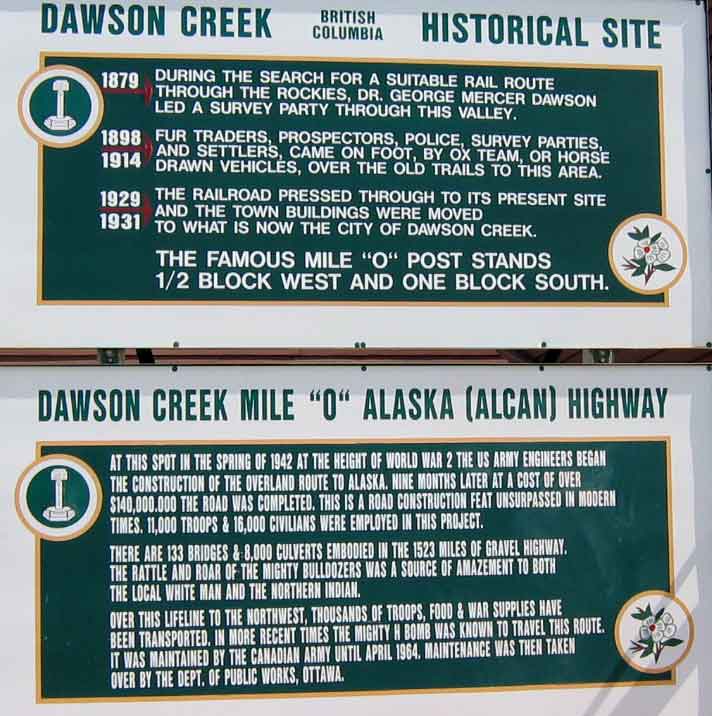
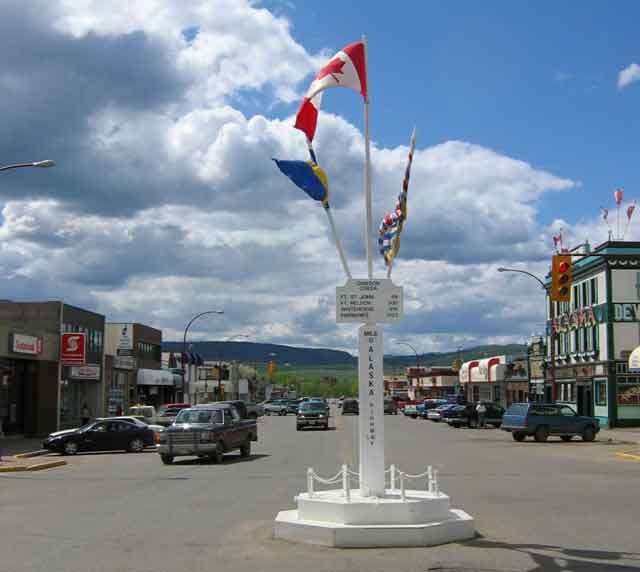
| List | Previous | Next |


Contrary to its reputation, the Alaska Highway is not mostly gravel road and pot
holes. Today's ALCAN is paved all the way and the only problem is the spacing of
services along the way. There are long stretches without any habitation, so you
need to plan ahead for fuel and other needs. Of course, traveling in a motorhome
that has enough fuel to go 800+ miles and all the other facilities built in, sure
helps.
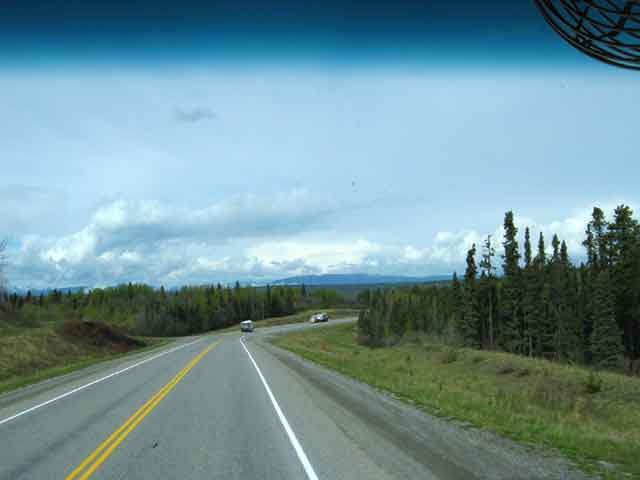
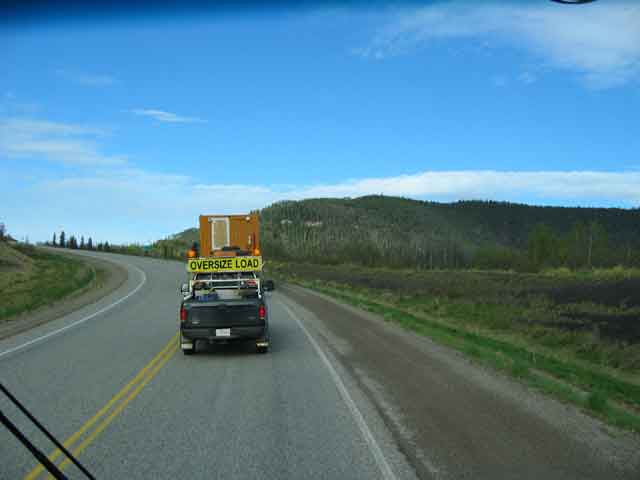
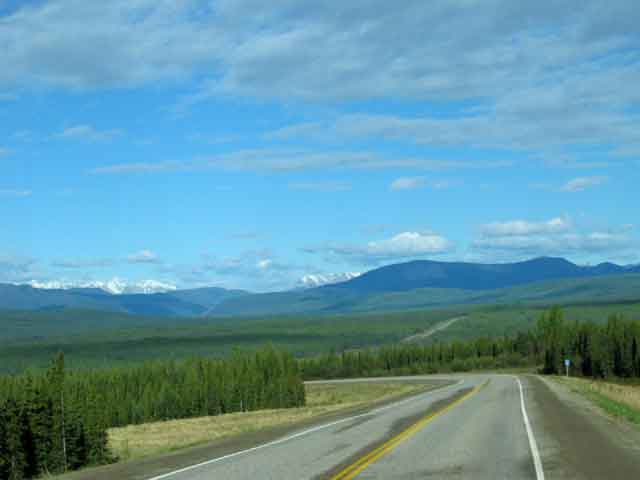
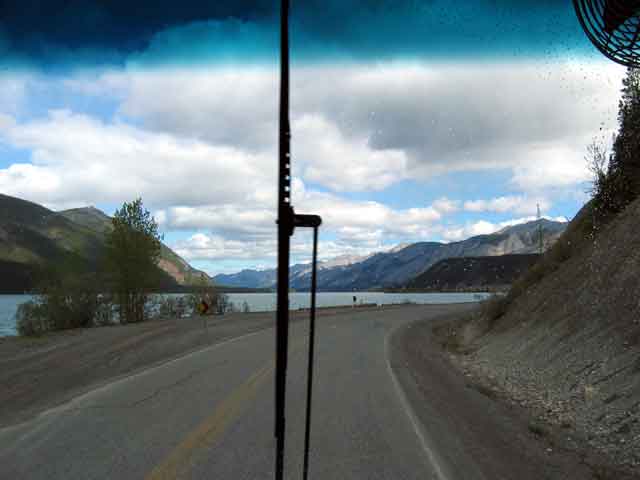
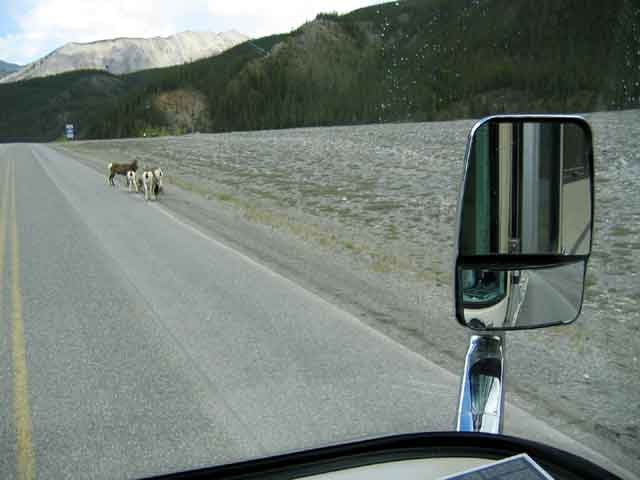
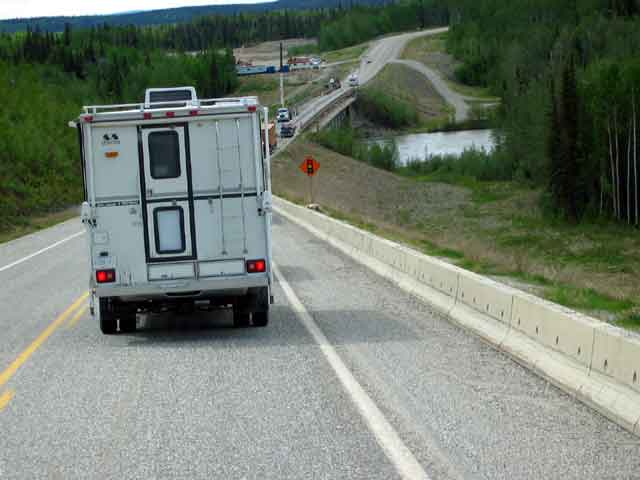
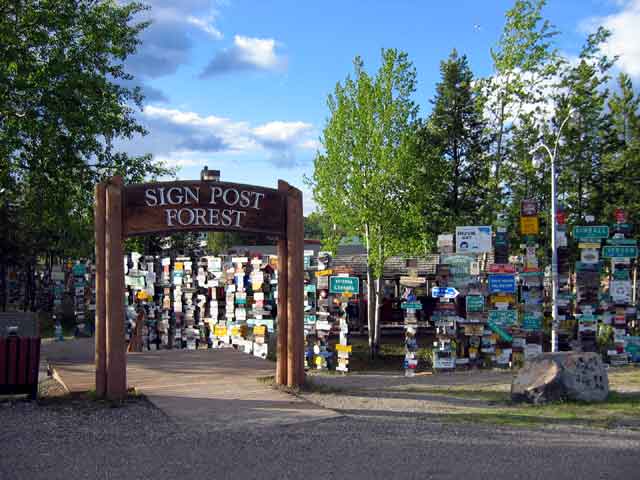
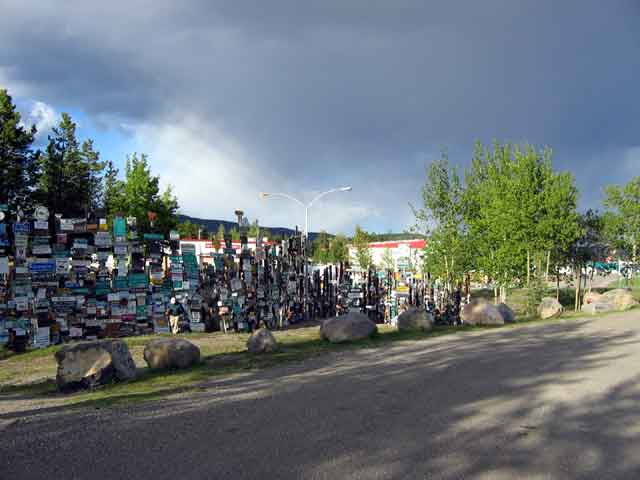
The ALCAN is completely paved, but ... Each year they work on stretches to repair the paving and even construct new sections to improve the routing. This construction stop was memorable because of the truck camper in front of us with a hand drawn license plate from Kentucky. We assume it was put there because you can't see the real one on the truck.
The Sign Post Forest at Watson Lake is known and copied around the world. It was started in 1942 by a G.I. working on the Alaska Highway. He erected a sign here that pointed the way to his home town. Others followed his lead and are still doing so today. New poles are erected as needed. In July, 1990, the 10,000th sign was added.
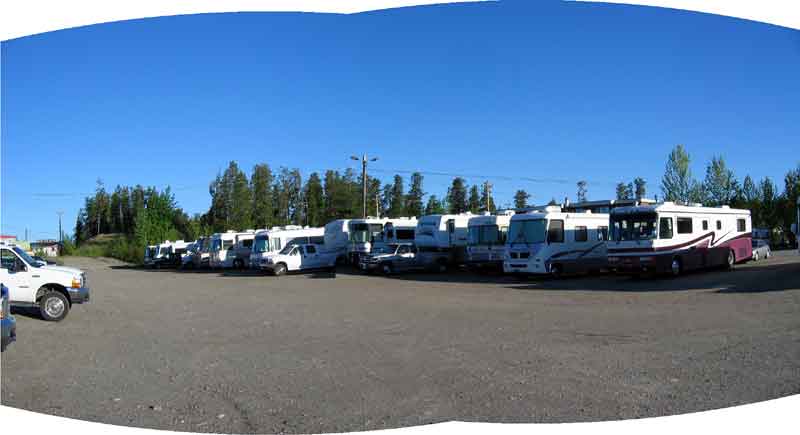
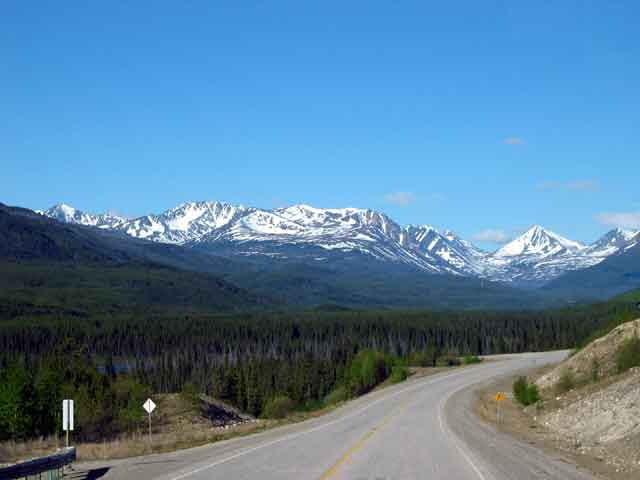
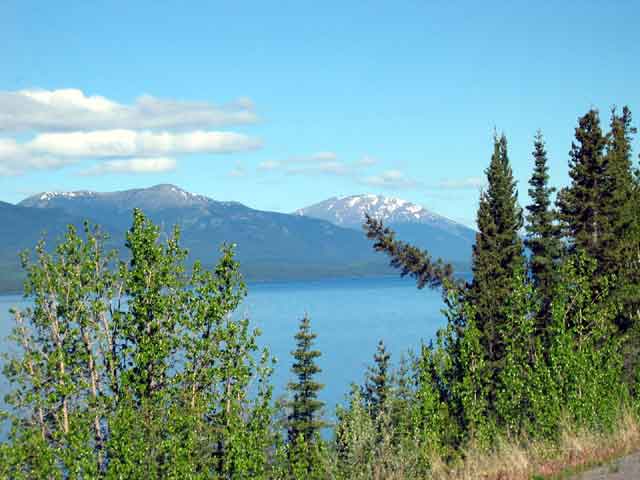
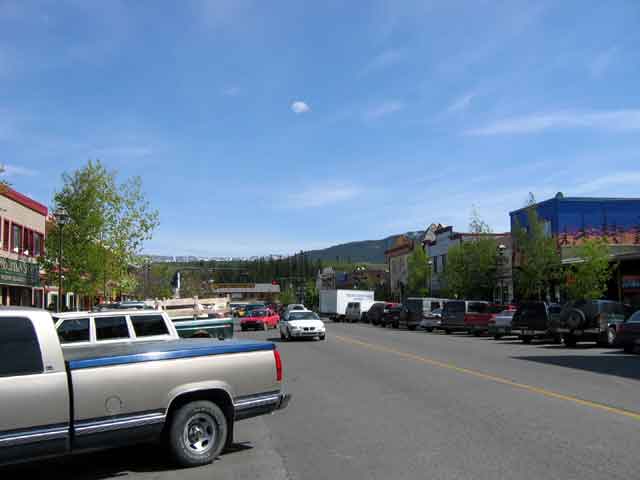
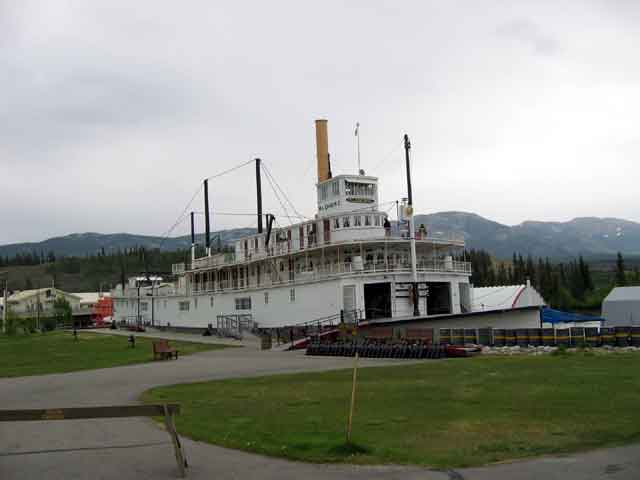
Whitehorse is a busy town, with a population of over 22,000. That is a large portion of the 30,000 population of the entire Yukon, eh? Whitehorse was incorporated in 1950, and in 1953, took over as the capital of the Yukon. Dawson City was the previous capital.
The S.S. Klondike is a retired river boat that is now a museum with guided tours. A fun
thing to do.
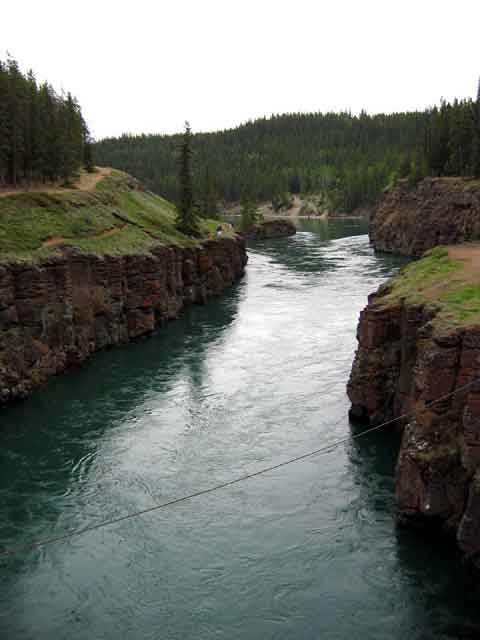
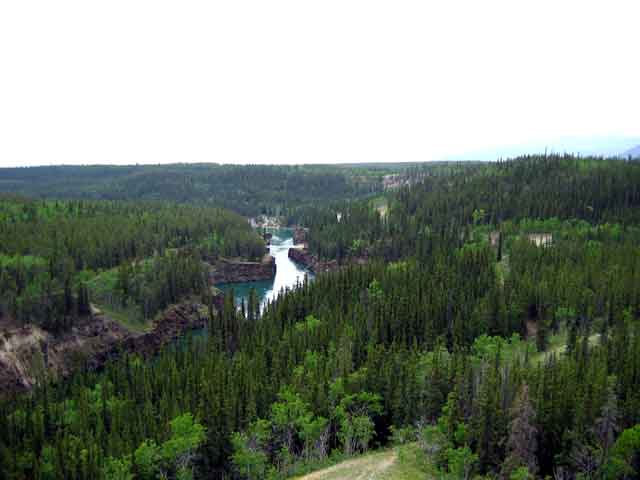
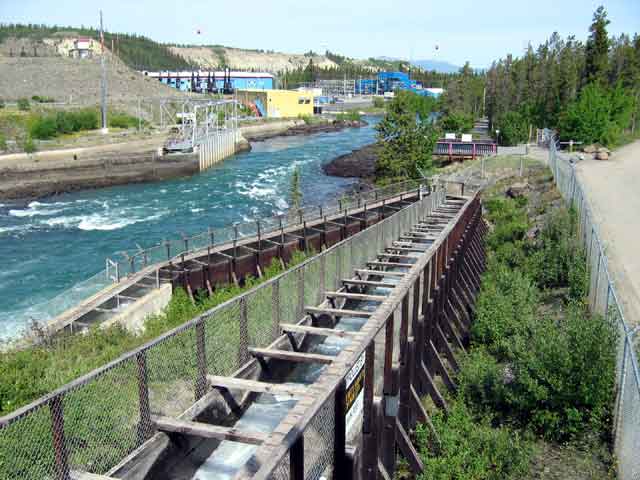
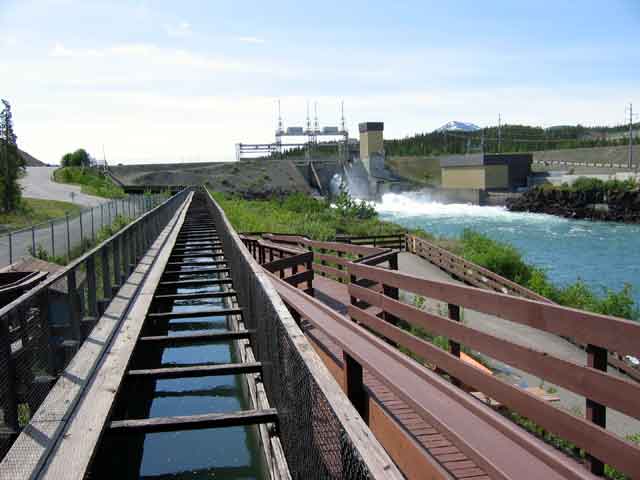
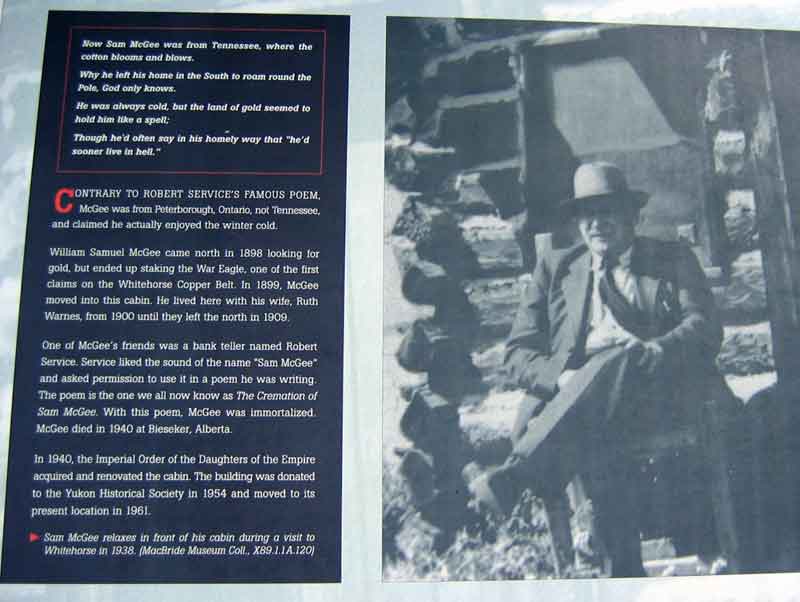
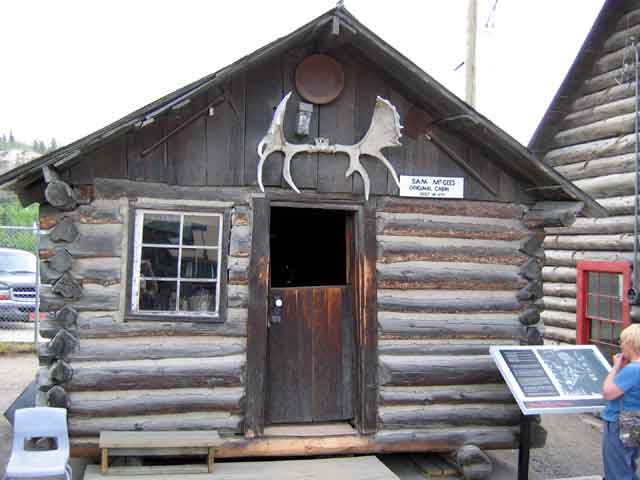
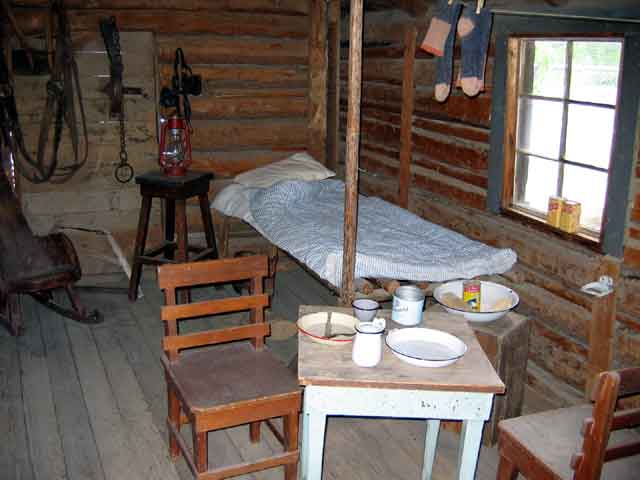
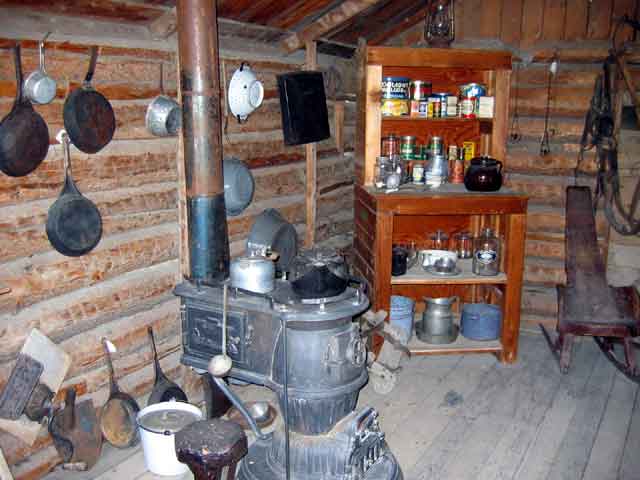
| List | Previous | Next |